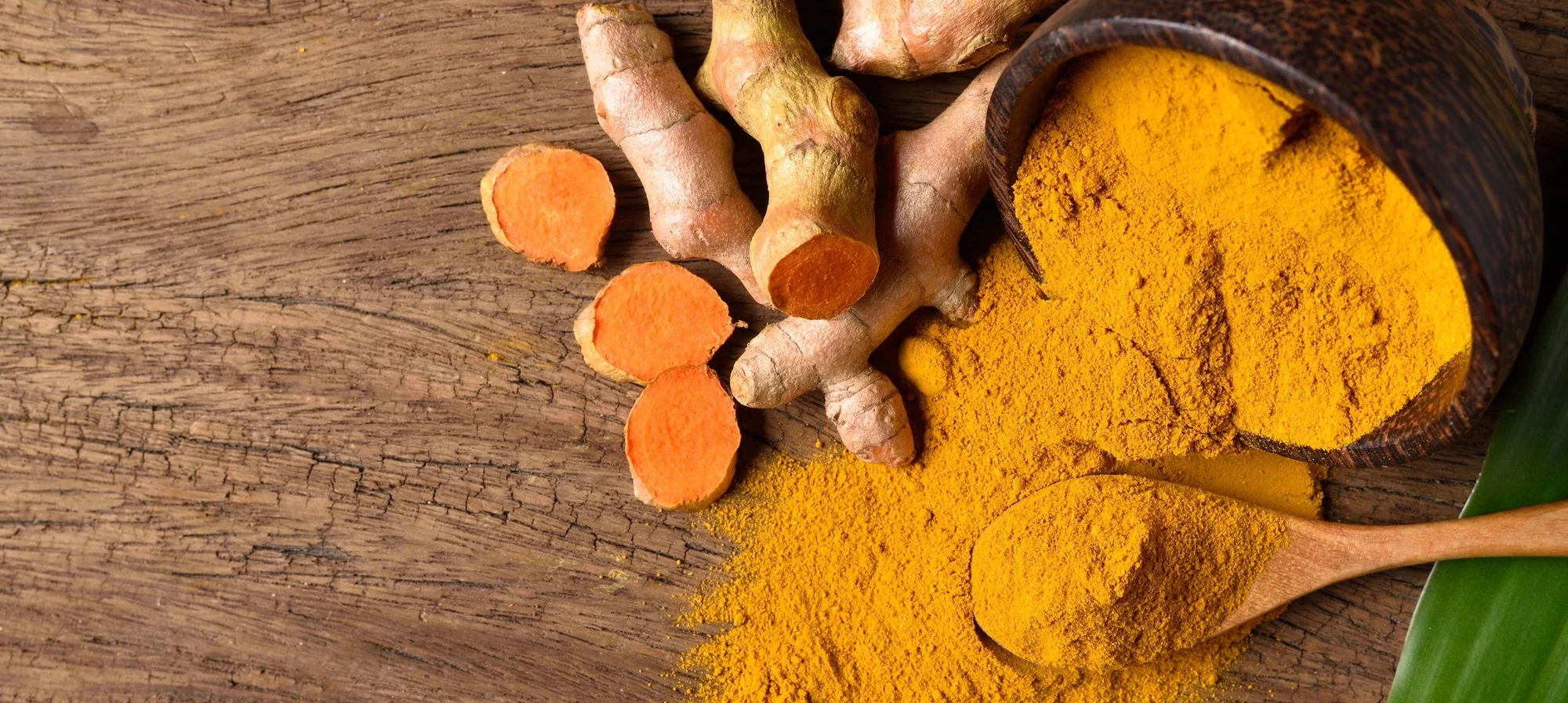A Comprehensive Guide to Turmeric Import and Export: From Farm to Global Markets

A Comprehensive Guide to Turmeric Import and Export: From Farm to Global Markets
Turmeric is one of the most widely used spices in the world, with applications that extend far beyond the kitchen. It plays a significant role in the pharmaceutical and cosmetic industries due to its anti-inflammatory and antioxidant properties. These health benefits have made turmeric a key ingredient in dietary supplements and therapeutic products. With rising global demand, trading turmeric offers lucrative opportunities. However, entering international markets requires an understanding of trade regulations, sanitary standards, and transportation logistics. This article explores the essential steps in importing and exporting turmeric.
1. Turmeric in the Global Market: Production and Consumption
Turmeric is mainly cultivated in tropical and subtropical climates, with India dominating the global production.
Top Turmeric Producing Countries:
India: The largest producer, accounting for over 80% of global supply
Indonesia & Vietnam: Known for high-curcumin content and premium-grade turmeric
China & Bangladesh: Major suppliers in the East and Southeast Asian regions
Leading Turmeric Importing Countries:
United States & Canada: Growing demand due to the rise of health-conscious diets
European Union (Germany, France, UK): Require high-standard, certified turmeric
UAE & Gulf Countries: UAE acts as a regional distribution hub for turmeric
Japan & South Korea: Strict regulations, with a preference for organic turmeric
2. Key Steps in Turmeric Export
If you’re planning to export turmeric, the following steps are essential to ensure success:
1. Market Research & Needs Assessment
Identify the target countries, their consumption volumes, price benchmarks, and sanitary standards. Some markets have strict health and safety regulations that must be met.
2. Obtain Export Licenses and Certifications
Most countries require the following documentation:
Health and safety certification
Lab analysis reports (including curcumin content)
Organic certifications (especially for the EU market)
3. Choose the Right Packaging and Transportation
Turmeric should be packed in moisture-proof, contamination-resistant packaging. Transport options include:
Air freight: Fast but expensive; suitable for high-value, small shipments
Sea freight: Cost-effective for bulk volumes
Land freight: Ideal for neighboring countries
4. Customs Clearance and Market Entry
Familiarity with the import country’s customs procedures is crucial. Working with experienced customs brokers and ensuring all paperwork is complete will smooth the clearance process.
3. Key Considerations for Turmeric Import
Importing turmeric also requires careful planning:
Assess product quality and curcumin content: High-curcumin turmeric fetches better prices
Partner with reputable suppliers: Focus on trusted exporters from India, Indonesia, or Vietnam
Understand import regulations: Some countries conduct lab testing upon arrival
Manage shipping costs: Choose optimal logistics to minimize expenses
4. Challenges and Success Strategies in Turmeric Trade
Challenges:
Price volatility: Influenced by global supply-demand dynamics
Strict import laws: Especially in developed countries
High competition: India dominates the market with vast exports
Success Strategies:
Conduct detailed market analysis and stay updated on regulatory requirements
Prioritize quality and meet international packaging and certification standards
Build long-term partnerships with reliable suppliers and buyers
Optimize logistics and control operational costs effectively
5. Comparison of Turmeric Transportation Methods
Choosing the right transportation method impacts both cost and delivery time. Here’s a summary:
| Mode of Transport | Advantages | Disadvantages |
|---|---|---|
| Air | Fast delivery, ideal for small volumes | High cost |
| Sea | Cost-effective for large shipments | Slower transit time |
| Land | Suitable for nearby countries | Limited range and cargo volume |
Conclusion
Turmeric is one of the most profitable commodities in global trade. Whether you’re exporting to international markets or importing it for local distribution, understanding trade laws, quality standards, transportation methods, and market trends is essential for success.
By following these guidelines, you can expand your presence in the global turmeric market and achieve sustainable profitability. If you have experience in this field, we invite you to share your insights with us!

